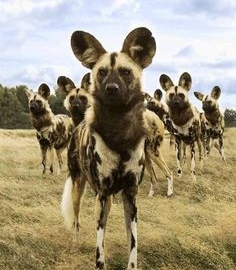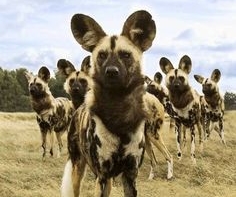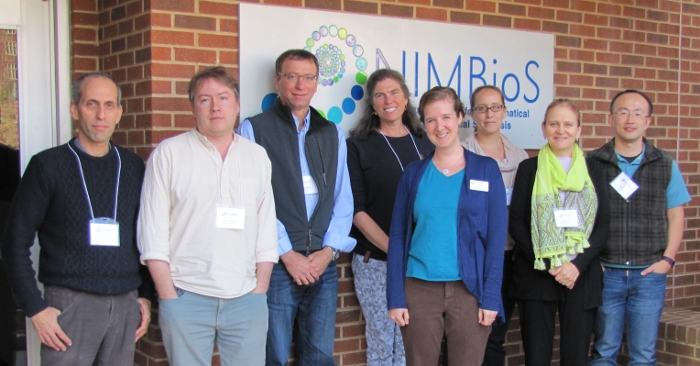| Description | Participants | Summaries | Products |
|---|

Archived NIMBioS Working Group
Cooperation and Cognition
Topic: Cooperation and communication in the evolution of cognition
Meeting dates: December 9-11, 2015; May 4-6, 2016
Organizers:
Arik Kershenbaum, Zoology, Univ. of Cambridge
Dan Blumstein, Ecology and Evolutionary Biology, UCLA
Marie Roch, Computer Science, San Diego State Univ.
Sara Waller, Philosophy, Montana State Univ.
Yu Shiu, Bioacoustics, Cornell Univ.
Objectives:
All animals solve problems because to do so increases their fitness. In most cases, natural selection can explain complex adaptive behaviours that may give the impression of "intelligence:" foraging, predator avoidance, etc. However, some behaviours – particularly those that require complex predictions about future events – are less easily explained by simple adaptation of non-cognitive behaviour. Humans solve such problems by forming abstract mental models of the behaviour of other individuals, something that requires a sense of oneself as an individual, and an understanding that other individuals have a similar sense of self. Attempts to detect such a theory of mind experimentally in non-human animals have been controversial, and many researchers maintain that only humans have a sense of self.
Some animal behaviours, such as cooperative hunting, are difficult to explain using simple adaptive mechanisms. Coordination between hunters may provide greatly improved probability of success, but would appear to require that individual hunters predict the actions of their pack-mates, something that would imply a sense of self and sense of other. Communication between hunting animals may facilitate the progress of a hunt, and as such could be an indicator of complex mental states such as individual self-awareness and theory of mind.
This working group will build mathematical models of complex behaviour, such as cooperative hunting, based on a range of assumptions, such as degree of self-awareness, the extent to which individuals can and do predict the choices of their pack-mates, and the amount of information transferred between individuals communicatively. This will provide a framework for testing the evolutionary advantage of theory of mind when performing complex cooperative tasks.

Meeting Summaries
| Mtg # | Dates | Agenda | Summary | Photo | Evaluation |
|---|---|---|---|---|---|
| 1 | Dec 9-11, 2015 | Link | Link | Report | |
| 2 | May 4-6, 2016 |
Meeting 1 Summary. Many collective behaviors such as flocking and herding can be explained by simple individual-based interaction rules, without the need for complex cognitive explanations. However, social cognition varies widely among animal species and in some cases is highly sophisticated. If simple interactions requiring limited cognitive abilities are generally sufficient to produce complex social behavior, it is surprising that complex cognition evolved at all. Our group seeks to understand this apparent contradiction: how do complex cognitive skills benefit individuals, when should animals be smarter, and how does this vary across different species and ecological niches? We investigate these questions using the example of collective/cooperative hunting. In our first meeting, we developed a conceptual and analytical framework for addressing these complex questions, defined concepts, and determined our group's focus. We began developing several formal models (both simulation-based and analytical), and drafted the introduction for the first of a series of planned papers.
 |
| Meeting 1 participants (L to R): Arik Kershenbaum, Rufus Johnstone, Dan Blumstein, Marie Roch, Elizabeth Hobson, Margaret Crofoot, Susan Alberts, Yu Shiu. Not pictured: Sara Waller. |
NIMBioS Working Groups are chosen to focus on major scientific questions at the interface between biology and mathematics. NIMBioS is particularly interested in questions that integrate diverse fields, require synthesis at multiple scales, and/or make use of or require development of new mathematical/computational approaches. NIMBioS Working Groups are relatively small (up to 10 participants), focus on a well-defined topic, and have well-defined goals and metrics of success. Working Groups will meet up to 3 times over a two-year period, with each meeting lasting up to 2.5 days.
A goal of NIMBioS is to enhance the cadre of researchers capable of interdisciplinary efforts across mathematics and biology. As part of this goal, NIMBioS is committed to promoting diversity in all its activities. Diversity is considered in all its aspects, social and scientific, including gender, ethnicity, scientific field, career stage, geography and type of home institution. Questions regarding diversity issues should be directed to diversity@nimbios.org. You can read more about our Diversity Plan on our NIMBioS Policies web page. The NIMBioS building is fully handicapped accessible.
NIMBioS
1122 Volunteer Blvd., Suite 106
University of Tennessee
Knoxville,
TN 37996-3410
PH: (865) 974-9334
FAX: (865) 974-9461
Contact NIMBioS


